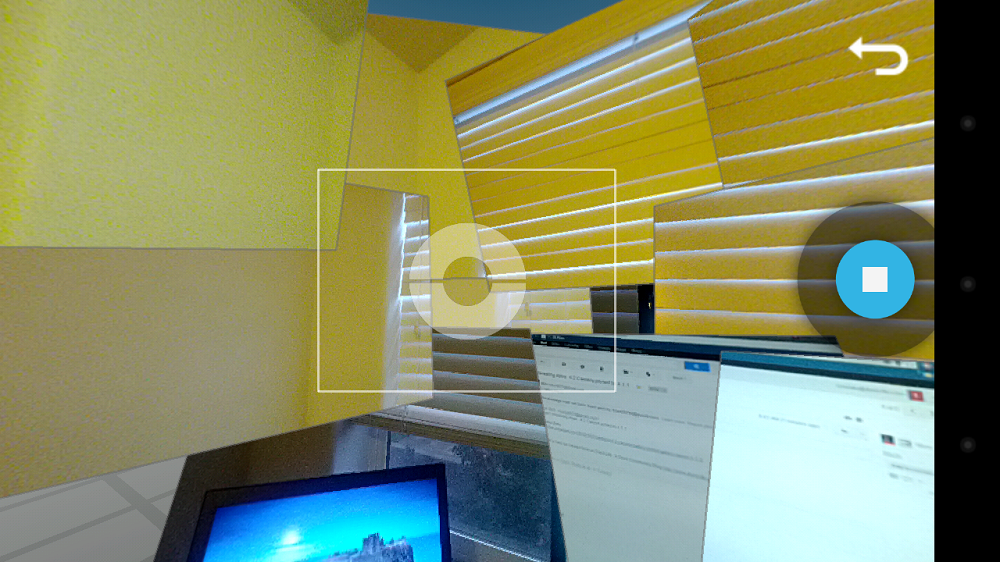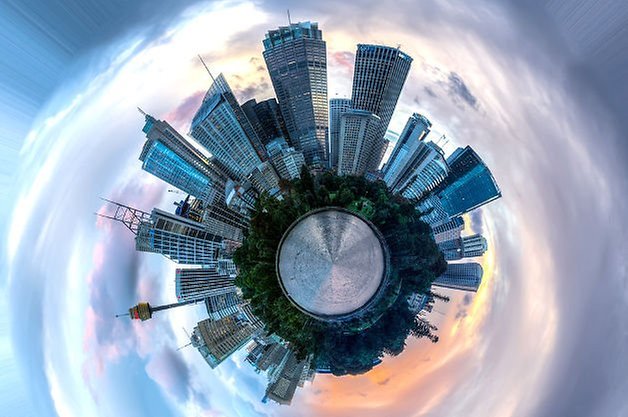

- #Photo sphere camera android how to
- #Photo sphere camera android .dll
- #Photo sphere camera android archive
- #Photo sphere camera android full
- #Photo sphere camera android android
#Photo sphere camera android android
There's even an entire post about Lens Blur. Photo Sphere is an Android camera feature that allows you to create immersive 360 degree panoramas - similar to Street View. Make sure you read Google's Research Blog for more details on Google Camera, as well. It works on all mobile devices running KitKat.

Google Camera is now available on the Play store. After all, what's a camera app without video functionality? Oh, and of course Google has added a video mode in the app. To access any of these modes and effects, swipe from left in the app, and then just toggle between them. It takes "immersive 360 degree photos" that let you "look up, down, and all around" at up to 50MP. And finally, Google has included its signature Photo Sphere mode.
#Photo sphere camera android full
There's also an "improved" Panorama mode for capturing higher-resolution scenes in full width. READ: What is bokeh? Here's the photography effect explained As for photo features, modes, and effects - Google has added Lens Blur for blurring the background of any photo and achieving bokeh. Photo Sphere Viewer is pure JS and based on Three.
#Photo sphere camera android archive
Inside the archive I noticed a file called libjni_mosaic.so which (to my best guess) takes care of the mosaic stitching ("photosphere").The Google Camera app sports a clean design that's all viewfinder but with an extra large capture button. Photo Sphere Viewer is a JavaScript library which renders 360° panoramas shots with Photo Sphere, the new camera mode of Android 4.2 Jelly Bean and above.I found a port of the camera app to Samsung.Readers of this post are encouraged to go over the list of functions below and learn about the various algorithms and transformations mentioned.īelow are the steps I followed to get this list: What's new in Photo Sphere on version 2:-The Photo Sphere team worked incredibly hard for +Android 4.3, so there are a few big quality improvements that you're going to love First, alignment and stitching are much better, giving you more level horizons and fewer errors throughout the image. Up, down and all around you, it’s like no camera you’ve ever seen. With Android 4.2, you can snap pictures in any direction you want. Now, we will experience a new camera feature Photo Sphere. Other projects that were inspired by this code, e.g. Photo Sphere Camera We saw the panorama feature in the Camera app by Google, starting from Android 4.0 ICS.The relevant source files within the repository mentioned in a previous answer.Find a list of recommended 360 cameras here. By listing the function names and looking them up in our favorite search engine we get several interesting hits: You can create Photo Spheres using a 360 camera, or a DSLR system and stitching software such as PTGui or Autopano.
#Photo sphere camera android .dll
To get a very general sense of what sort of algorithms were involved in this functionality, we can study the shared object (DLL if you prefer Windows lingo) responsible for it. I consider this answer not so much a solution, but a resource for further research.
#Photo sphere camera android how to
However, iPad can provide the arbitrary spatial direction data of each taken photo (with noise though), but I don't know how to utilize these data in the OpenCV stitching pipeline. Here are some of the things you can do with the official Photo Sphere Camera app for iOS. The pipeline deals with unordered input photos, as far as I know it only uses image feature matching to locate the geometric relations between photos, and the pipeline performs poorly when image feature extraction fails on blank photos (eg. It’s similar in functionality to the native Android counterpart.

These features were first introduced in Android 4. OpenCV 2.4.8 provides with an image stitching pipeline which seems very promising at first glance. This page provides an overview of support for panoramic photography in Android. Once youre standing in this place, take out your device and open the Google Camera app. What I'm going to do is to implement an application for iPad with exactly the same functionality. The first step in making photo spheres is to find a great place that you want to share. The camera app on Android 4.3/4.4 under the 'Sphere mode' can stitch photos from varied directions into one spherical panorama, with very good quality.


 0 kommentar(er)
0 kommentar(er)
